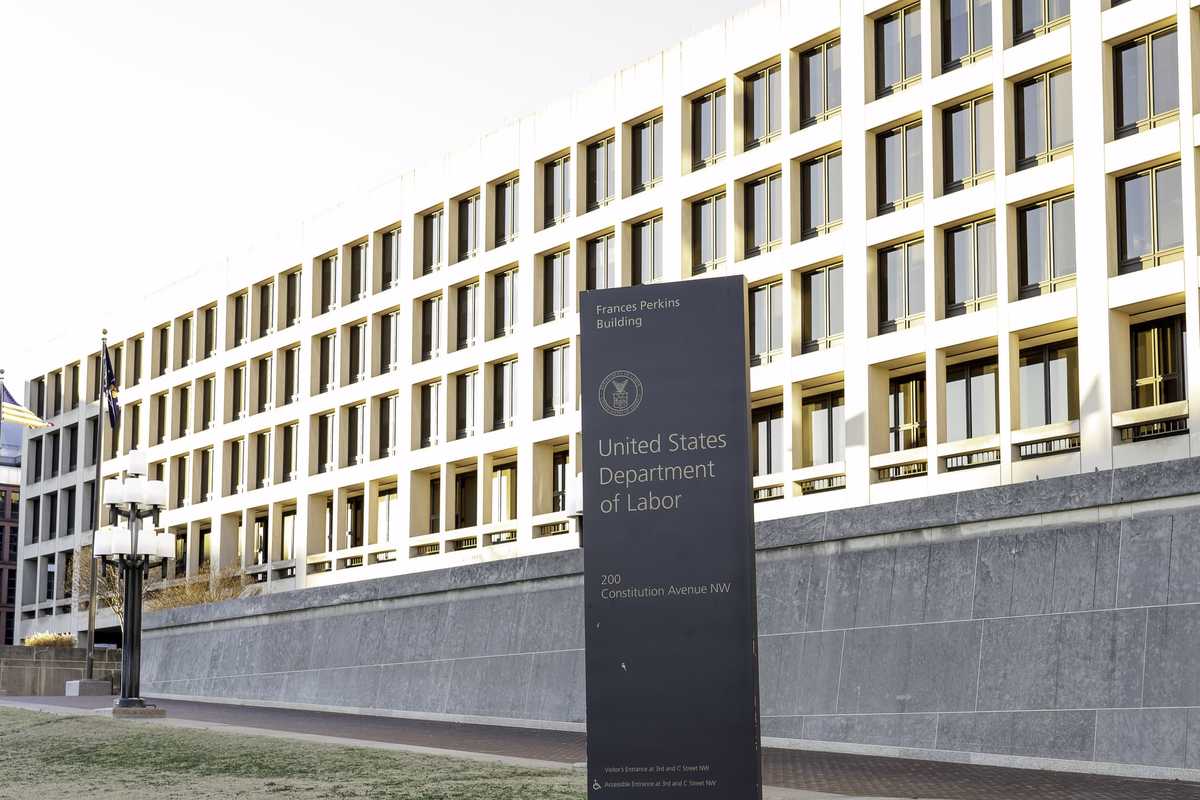Brent's rally stalls as recession-related fundamentals take centre stage
Front-month ICE Brent has declined by $0.46/bbl on the day, to $84.76/bbl at 09.00 GMT.
 PHOTO: The US Department of Labour building in Washington, D.C. Getty Images
PHOTO: The US Department of Labour building in Washington, D.C. Getty Images
Upward pressure:
Markets are still skewed to the upside due to unexpected production cuts by major OPEC oil producers and Russia through 2023. OPEC+'s production cuts come amid a projected increase in China's oil consumption to raise concerns about a global supply shortage.
“On the back of the OPEC cut, OECD inventories should move back into deficits much quicker than expected. And with the anticipated upward bounce in seasonal demand, oil prices look set to move even higher,” SPI Asset Management’s managing partner Stephen Innes has said in a blog.
He says that although recession headwinds have not "magically disappeared," oil bulls should remain encouraged unless the US Federal Reserve “pulls James Bullard's hawkish playbook off the shelf” and takes drastic measures to curb inflation.
Downward pressure:
According to the latest US Job Openings and Labour Turnover Survey, there were 9.9 million job openings in February, down from 10.5 million in January. This is the lowest number in two years, and it has rekindled fears of a recession in the US, CMC's market analyst Tina Teng has said.
During a recession, more consumers are typically forced to cut back on non-essential spending, which can include travel and transportation, and dent oil demand. Also, an uncertain economic picture can make investors more cautious about investing in riskier assets like crude oil futures.
“The crude rally hit a brick wall as market pessimism grows that the US economy is headed towards a recession,” says OANDA’s senior market analyst Edward Moya.
By Konica Bhatt
Please get in touch with comments or additional info to news@engine.online





